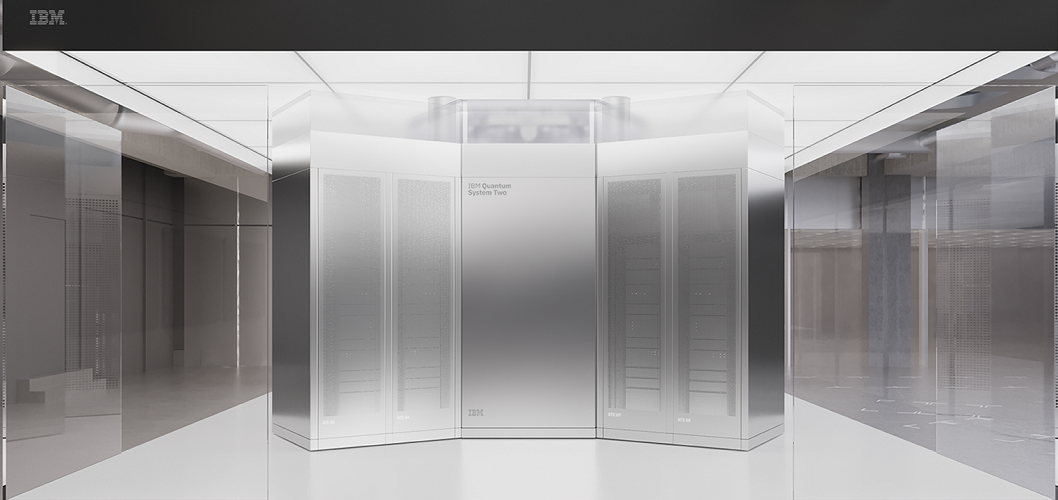IBM will develop a quantum supercomputer within the next ten years, in collaboration with universities from Tokyo and Chicago. This supercomputer is expected to consist of 100,000 qubits.
The collaborative project, with an allocated budget of 100 million dollars, should further expand the tech giant’s existing roadmap in the field of quantum computing. IBM believes that collaboration with the relevant universities and the entire ecosystem is essential for this.
The new quantum supercomputer will be used to tackle problems that current supercomputers cannot (yet) solve, such as understanding complex chemical processes and molecular processes for research into climate change, materials for batteries of electric vehicles and sustainable energy networks.
The development plan of the large quantum supercomputer is foreseen in three stages. The first phase is the launch of the new 133-qubit IBM ‘Heron’ processor at the end of this year. This processor includes a two-qubit port for better performance and compatibility with future extensions for modular processors.
The second step is the introduction of IBM Quantum System Two. This is a modular and flexible system for more scalability, including classic control electronics, as well as a high-density cryogenic wiring infrastructure.
The third and final phase is the introduction of quantum middleware. These are tools for running workloads on both classical and quantum processors. They enable the breaking up, parallelism, and rebuilding of workloads, among other things.
IBM is introducing a new Osprey quantum processor with 433 qubits. This will help to further advance the development of quantum computing.





